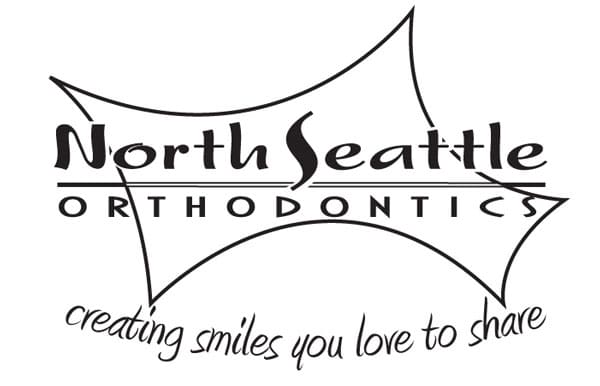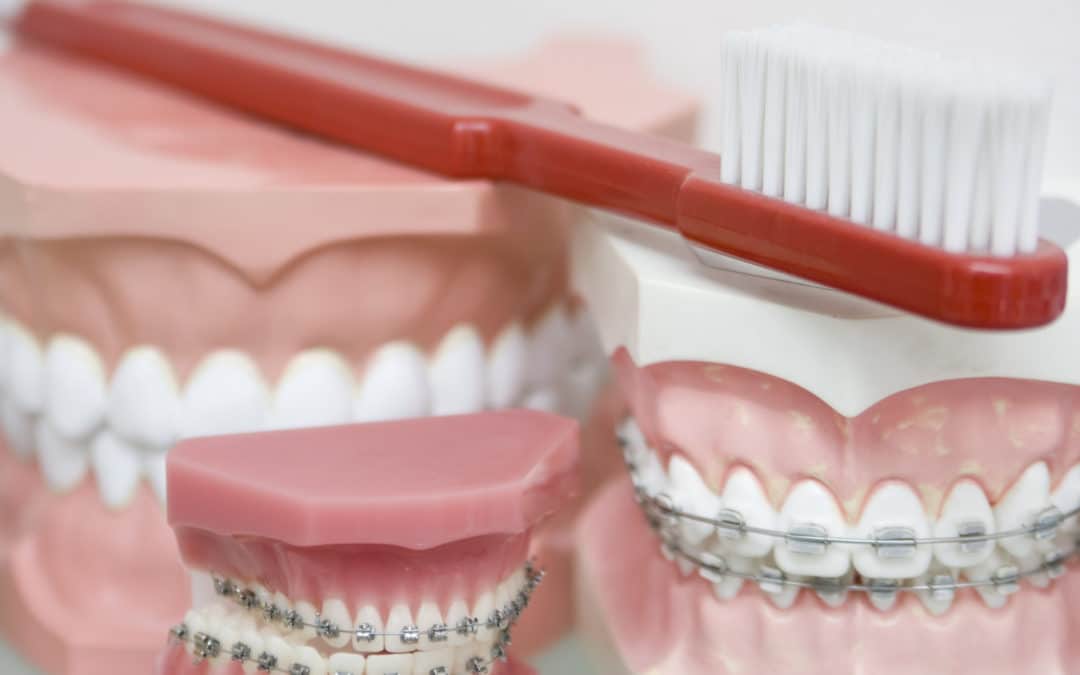Approximately 4 million people in the United States currently wear braces. And over 1 million of those individuals are adults. Braces have helped create beautiful smiles for decades. With so many people wearing braces, one wonders, do I need braces? And if I do need braces, do I need them on the top and bottom teeth? Why?
Braces will fix a myriad of tooth, jaw, and general mouth problems that misaligned teeth can cause. By the time you’ve finished reading this article, you will understand why you may need braces and what conditions braces can remedy.
Do I Need Braces?
Any time your bottom teeth do not properly align with your top teeth, you may need braces. You also need braces if you have significant gaps in your teeth. Most often individuals need braces when they have a malocclusion.
Orthodontists use the medical term malocclusion as a general term to describe the condition of your teeth and smile. Crooked teeth qualify as malocclusion. Braces can straighten these teeth and realign them for a beautiful smile.
Other malocclusions can require braces as well. Some patients will have straight teeth but still, need braces. Here are a few reasons why.
Crowded Teeth
Your jawbone can accommodate a certain number of teeth. If you have a smaller jawbone, your molars and wisdom teeth that erupt can push on straight teeth and cause discomfort.
To fix this, the orthodontist may extract some molars to create sufficient space. This will give the rest of your teeth sufficient space. You may need braces at this point to realign any teeth that have been pushed by your molars before the orthodontist extracted them.
Gaps
Big gaps between teeth can increase the risk of gum disease and tooth decay. It’s difficult to clean those gaps when you floss and brush. Braces will close these gaps and narrow both the gap and your chances of experiencing tooth decay.
Plus, you’ll end up with a gorgeous smile.
Crossbite
A crossbite occurs when your molars are not aligned properly. Your front teeth may appear perfectly fine, but the molar does not line up. You also may have a misaligned jaw.
To correct the crossbite, an orthodontist will install teeth both on the top and bottom teeth.
Underbite
An underbite occurs when the bottom jawbone juts out in front of your top teeth. So when you bite down, the bottom teeth are in front of your top teeth.
To fix an underbite, the orthodontist will have to shift the alignment of your jawbone. While this sounds like something a surgeon would need to do, braces on the top and bottom teeth can fix this problem. You may have mostly straight teeth, but you will still need braces on the top teeth and braces on the bottom teeth to fix an underbite.
Overbite
An overbite is an opposite problem of what an underbite looks like. This occurs when the top teeth and upper jaw stick out excessively beyond the bottom jaw When you bite down, your top teeth do not line up with your lower teeth.
You may experience jaw pain as well if you have an overbite. You will find yourself clenching your jaw or grinding your teeth excessively.
An orthodontist uses a similar treatment for an overbite as they would for an underbite. You will need braces on both your top and bottom teeth to slowly move the jaw back to a proper alignment.
Different Times, Different Teeth
An orthodontist may recommend getting braces on top and bottom teeth at different times versus simultaneously. The decision to do this all depends on the condition of your teeth and what needs correction. Most orthodontists aim to have braces on both the top and bottom teeth at the same time to save you time and money in the long run.
Do not be surprised if your dentist begins by installing braces just on your top teeth at first. The top jawbone and teeth typically take longer to align versus your bottom teeth. After a few weeks or months, depending on your condition, the orthodontist will install the bottom braces.
When your orthodontist moves gradually by installing your top braces first and then waiting a few weeks for the bottom braces, your teeth have time to adjust. Your lips and mouth will acclimate more easily, and you’ll be more comfortable with braces in general by the time you have the second set installed.
Orthodontists of today have a wide range of treatment options for your condition. There is not a one-size-fits-all approach. Your orthodontist will evaluate your condition and then determine the best timing for braces on your top and bottom teeth.
Braces For Adults
Tooth movement is a natural part of aging. Your jawbone, teeth, and bite will shift, even if you had braces at a young age. You can still get braces. As stated earlier, a million of people with braces in the United States are adults.
So if your parents couldn’t afford braces for you when you were younger or if you see your teeth shifting now, you can still get the smile you desire with orthodontic treatment.
Adults will also get braces to deal with other health conditions. A misaligned jaw can cause problems with speaking and eating. Thus, when you get braces as an adult, you alleviate these problems.
You also gain more confidence because of your beautiful smile.
Brace Yourself and Smile
You can now effectively answer the question, do I need braces? If you have any of the malocclusions mentioned above, braces will restore your smile and help you ultimately feel better.
You do not have to be a tween or teenager to need braces. Adults have found braces to effectively solve problems with misaligned teeth and jawbones. They gain more confidence and boost their overall health.
Are you looking for an orthodontist? If so, contact us. Our jaw and teeth experts are ready to help you find your smile once again.

